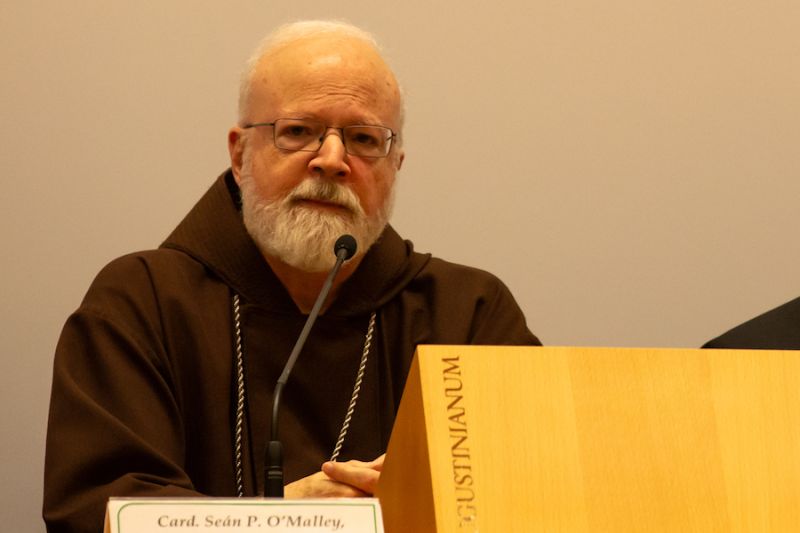Data show Americans want larger families even as fertility rates remains at historic lows
 null / Credit: Shutterstock
null / Credit: Shutterstock Washington, D.C. Newsroom, Sep 30, 2023 / 07:00 am (CNA).
Americans are increasingly of the view that families should be having more children. Yet most seem unwilling to do the job themselves.
That’s the takeaway after polling this month from Gallup, which found that “Americans’ belief that the ideal family size includes three or more children has been rising steadily in recent years.”
A total of 45% of recent respondents to Gallup’s decadeslong survey claim that the ideal family size is at least three children, with 12% preferring four children and smaller percentages choosing five or six. The 45% figure is ”currently up four percentage points from the previous reading in 2018 to its highest point since 1971.”
Preference for larger families began plummeting in the late 1960s, per Gallup’s polling, but it has been on a slight but steady incline since 2011.
Yet federal data show that the U.S. fertility rate continued its equally steady decline over that time period, including sharp drops among American women in their 20s; overall the rate declined from about 70 births per 1,000 women in 1990 to 58 per 1,000 in 2019.
Patrick Brown, a fellow at the Ethics and Public Policy Center in Washington, D.C., told CNA the data were ”a tad puzzling to figure out.”
”People are increasingly telling Gallup [that] ‘the ideal number of children for a family to have’ is three or more, while as we all know birth rates continue to fall both in the U.S. and around the globe,” he said.
”It could be that people are thinking about a hypothetical family in the abstract when answering this question while believing their own family would do better with two, one, or zero kids,” Brown said.
”It could also be people are concerned about declining fertility and think it would be ideal if other families (but not their own) had more kids.”
Difficulties in polling methodology might also muddle the results, he said.
Large families used to be considerably more common in the United States. Pew polling shows that in 1976, 40% of mothers in their early 40s had four or more children. By 2014 that number was 14%, while similarly aged mothers with just one or two children jumped considerably over that time period.
The polling service affirmed that the overall decline in family size has been ”driven largely by declines in families with four or more children.”
Brad Wilcox, the director of the National Marriage Project at the University of Virginia, told CNA that Gallup’s data are reason for optimism.
”Given falling fertility rates, it is a surprise and welcome development to see a growing share of Americans would actually like to have two or more children,” he said.
”The key here is marriage,” he noted. “Young adults who marry in their 20s or early 30s have a much better shot at realizing their dreams of having two or more children. So we need to make marriage more attractive and attainable for young men and women today.”
Wilcox and other sociologists have been sounding alarm bells on declining marriage rates for years. Demographers and statisticians have further noted that sharply declining fertility rates could pose significant risks to the financial and social stability of the U.S.
Brown said polling elsewhere raises additional questions about the responses to the Gallup survey.
”Pew just found that only 26% of respondents said having children was extremely or very important for people to live a fulfilling life (compared to 71% for having a job they enjoy),” he said. ”So I am skeptical that this apparent shift in thinking towards the ‘ideal number’ tells us a great deal about people’s individual preferences. But it is a trend worth keeping an eye on.”
Gallup itself acknowledged as much, noting that in spite of the more favorable responses to large families, ”the U.S. birth rate remains low compared with the 1970s, suggesting that Americans’ views of the ideal may not be their personal reality.”
The polling service noted that young American adults — those under 30, who historically have had higher fertility rates relative to older groups — tend to express a desire for large families roughly equal to that of their older counterparts.
The fertility decline ”may stem from young adults waiting much longer than prior generations to start having children rather than from a decreased desire to have children altogether,” Gallup pointed out.






